The VUT 001 Marabu is a piston-engine aircraft with a pusher propeller, designed for testing the TJ100 jet engine. Its development and production took place between 2006 and 2009. Supported by the Ministry of Industry and Trade (grant project FI-IM3/041), the project was coordinated by the Institute of Aerospace Engineering.
In 2010, the VUT 001 Marabu received the Gold Medal at the International Engineering Fair for outstanding collaboration between industry and academia. This achievement further strengthened the reputation of the Institute of Aerospace Engineering and the Faculty of Mechanical Engineering at Brno University of Technology (BUT).
The aircraft made its public debut at Kunovice Airport, where it showcased impressive capabilities. It has a maximum speed of 260 km/h, an endurance of up to seven hours, and a takeoff weight of 600 kg. Compared to manned aircraft, unmanned systems demand greater stability. However, its internal structure remains similar to conventional airplanes, with only slight differences in shape and geometry, as explained by design team member Jaroslav Juračka.
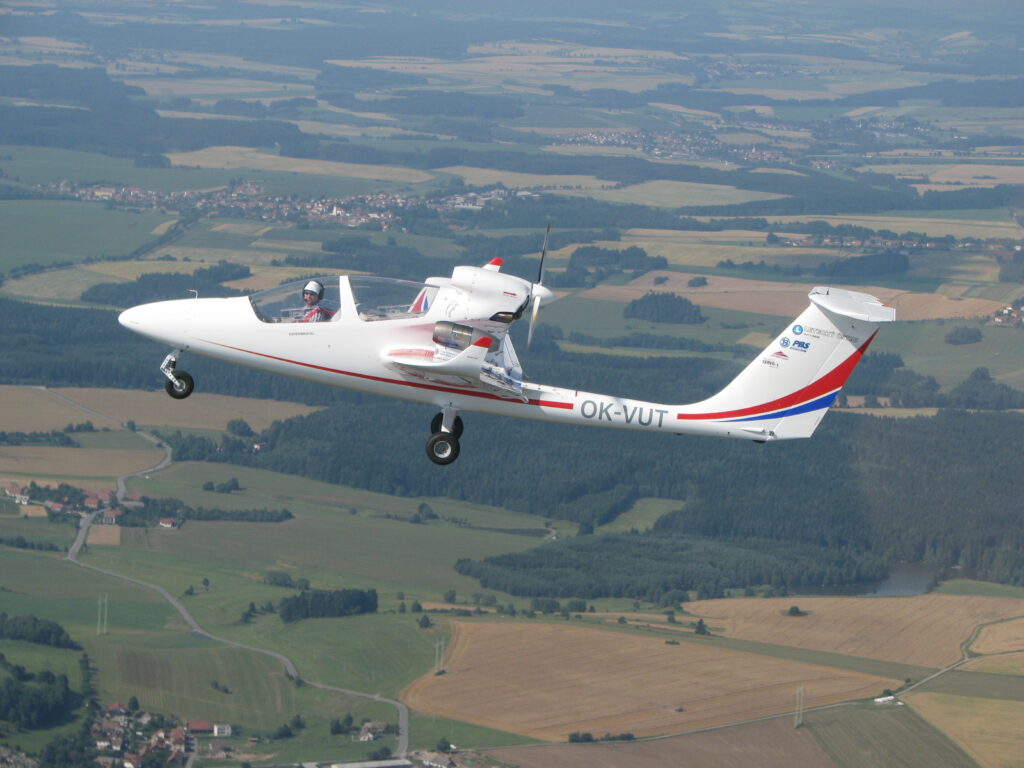
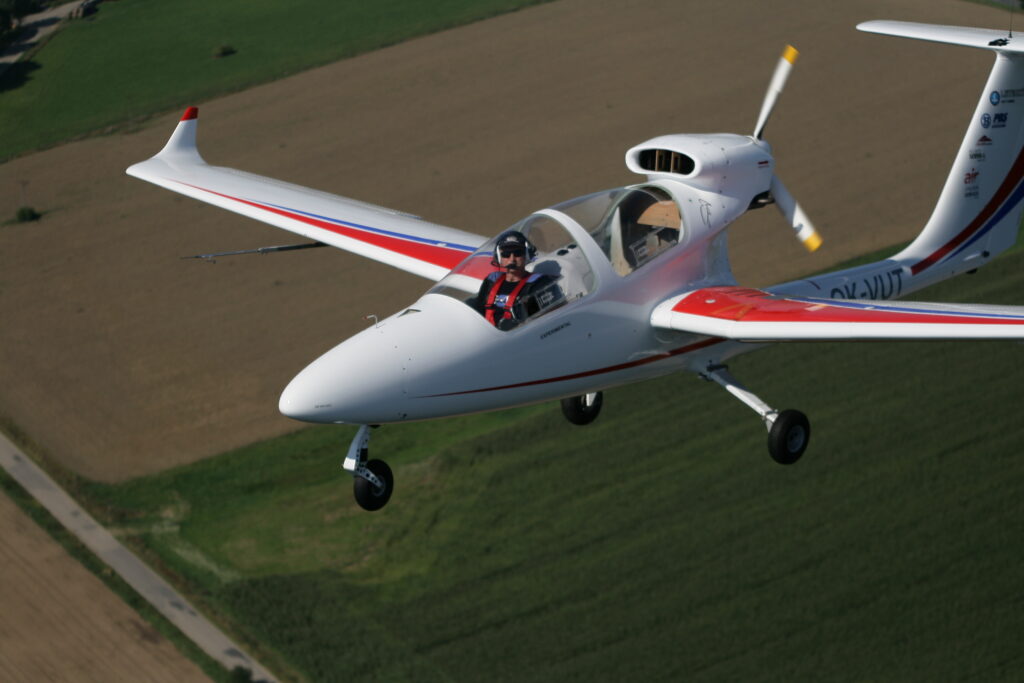
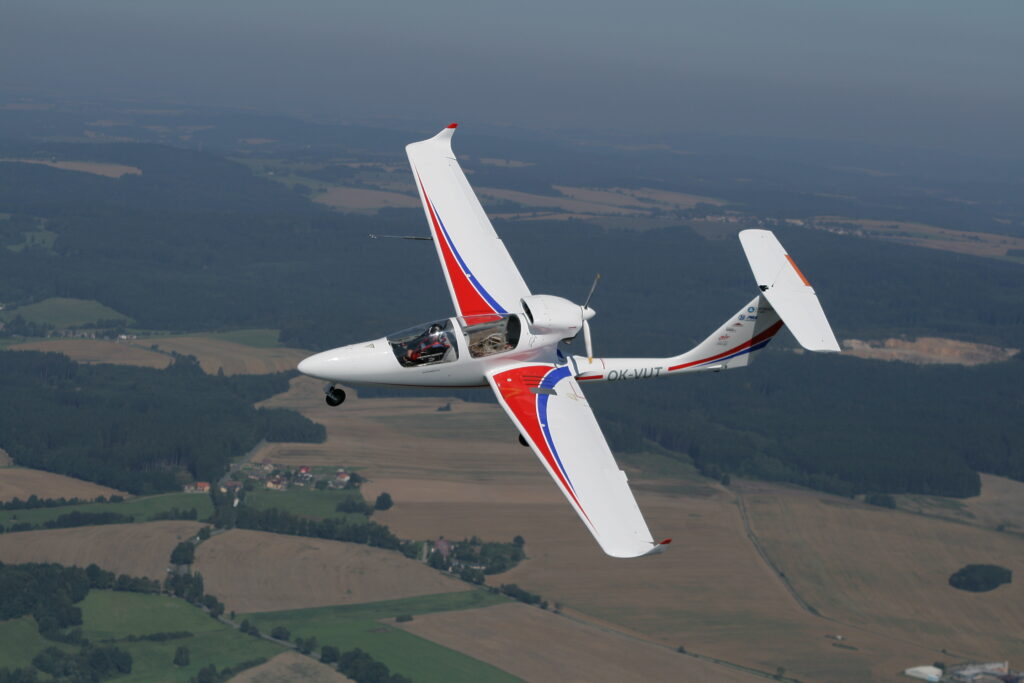
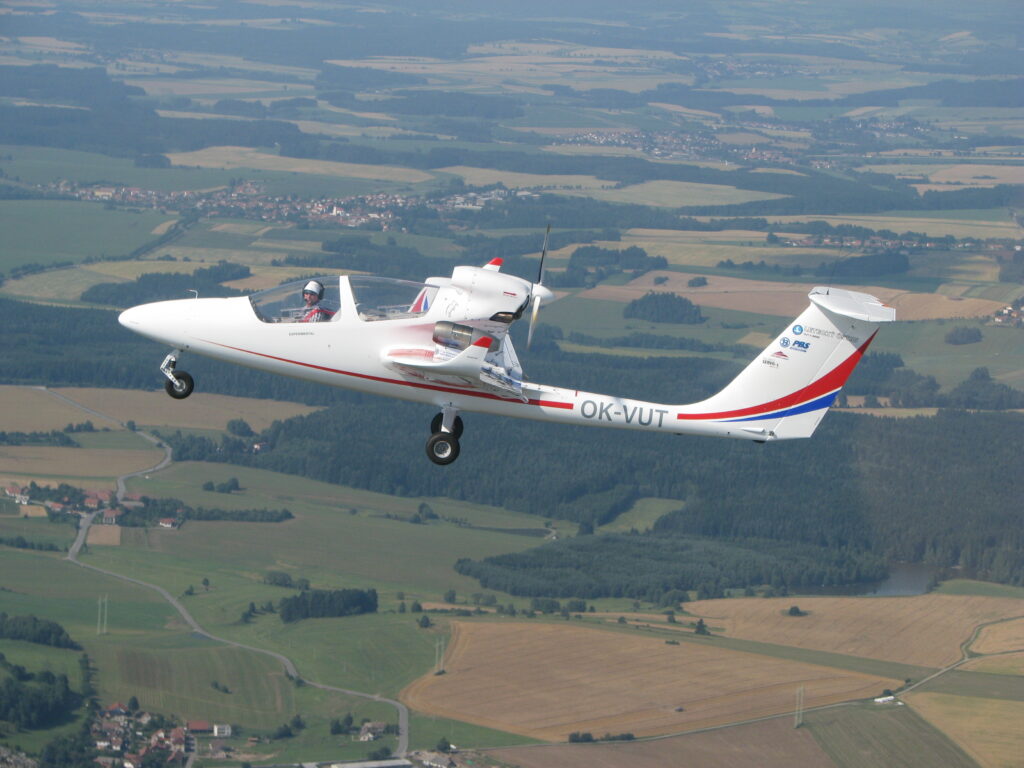
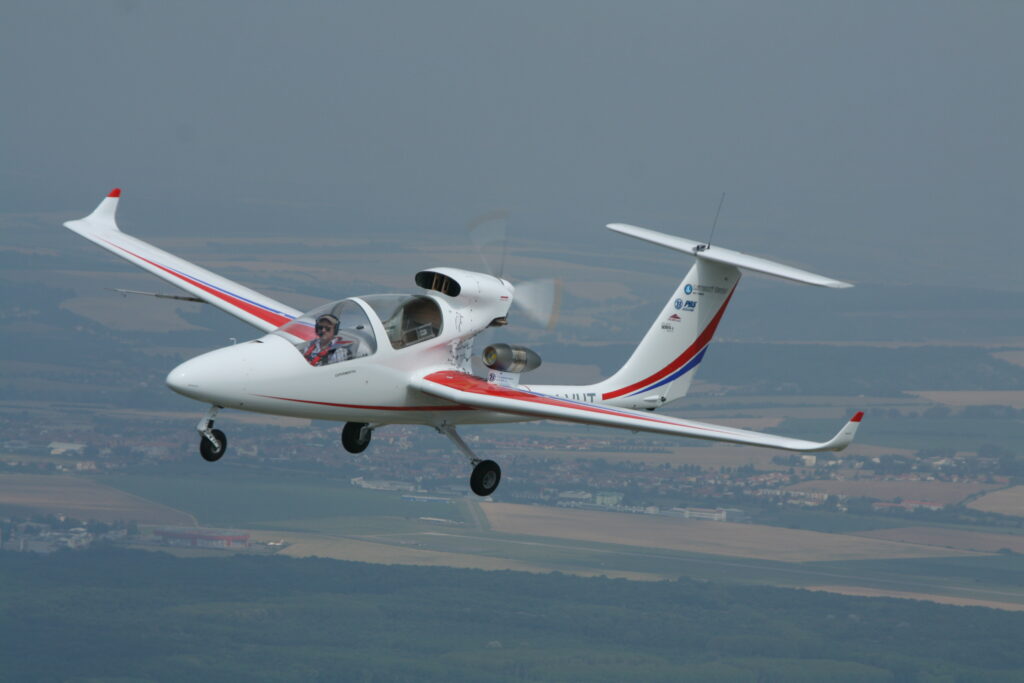
The Vision Behind the Marabu
In 2006, the Institute of Aerospace Engineering identified the need for an experimental aircraft to advance unmanned aerial system (UAS) technologies. Professor Antonín Píštěk, head of the institute, proposed a unique concept. His idea was to develop a fully piloted experimental aircraft and gradually transition it to an unmanned version. This approach set the project apart from traditional methods.
Unlike many similar aircraft, the Marabu was designed and built entirely within the university environment. It features both a piston engine and a turbine producing 110 decaNewtons of thrust. The aircraft also stands out due to its composite fuselage, metal wings, and horizontal stabilizers.
The name “Marabu” reflects the distinct nose shape, resembling the African marabou stork. Engineers designed the forward section to accommodate advanced flight instruments. Initially, the two-seat cockpit will host both a pilot and an engineer for safe flight testing. Later, autonomous flight instruments will replace manual controls, allowing for unmanned operations.
Challenges and Future Prospects
Despite its potential, European regulations currently prohibit unmanned test flights, limiting further development. However, experts believe these restrictions will be lifted in the near future. In the meantime, researchers are already working on the VUT 081 Kondor, a new aircraft designed for long-range missions.
Since its establishment in 1993, the Institute of Aerospace Engineering has played a key role in aircraft development. Notable projects include the KP-2U Sova, an ultralight aircraft still in production today, and the VUT 100 Cobra, later adopted by Evektor from Kunovice.